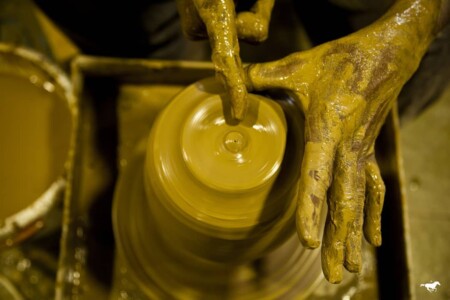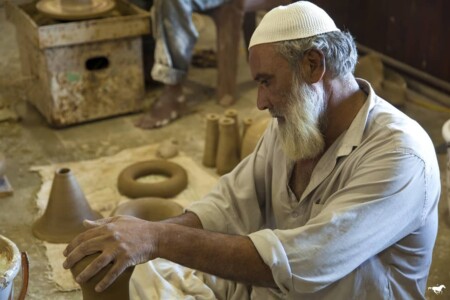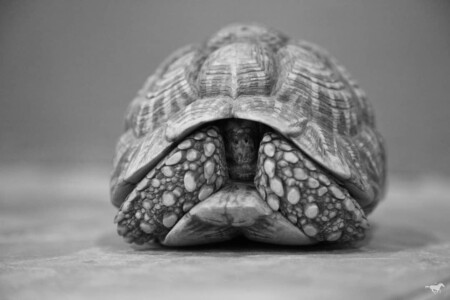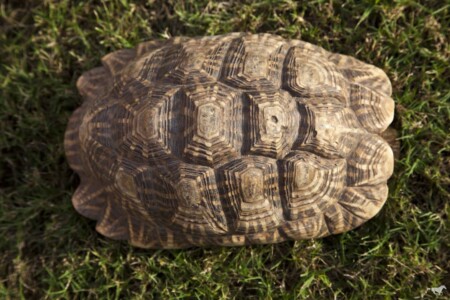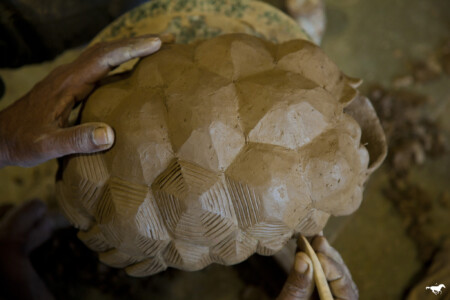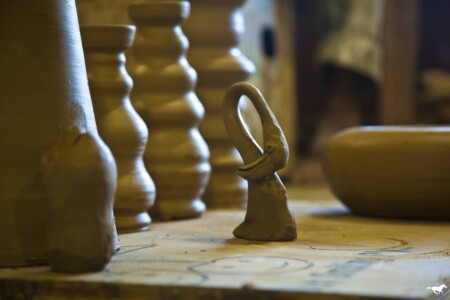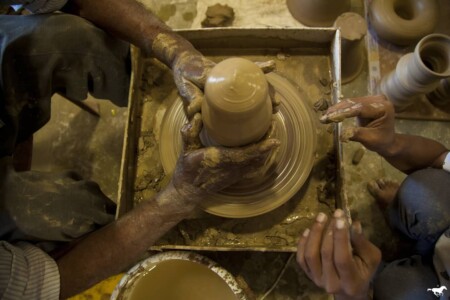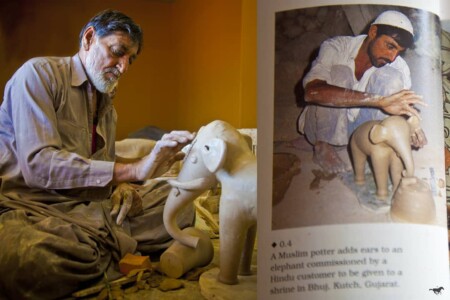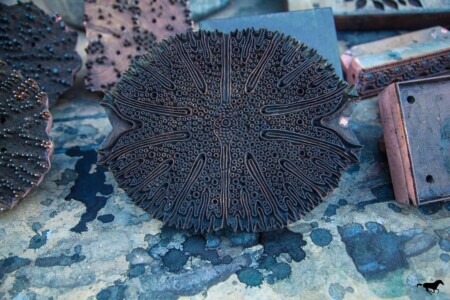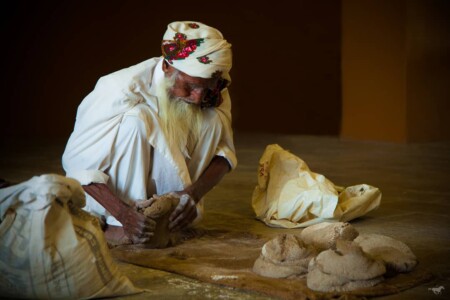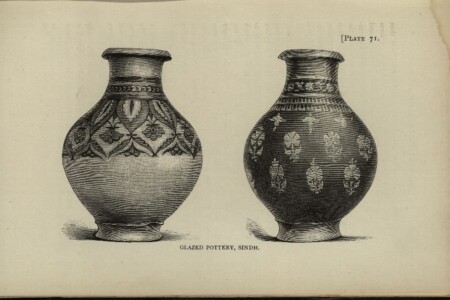STONEWARE : WHEEL THROWN & SCULPTED
I’ve been pottering around Thomas Louis’ studio for some years now. I started shooting pots on the wheel with my camera first, that somehow led me to poke around with clay to make sculptural pieces, then I got fascinated by glaze chemistry, till I finally started sitting at the wheel. Once, Thomas came by my wheel and said I was filling up his shelves with my thrown pots and I better start doing something about it. So here I am doing something about it. More incoming!
PHOTO ESSAY : MUD FOLK EXPLORATIONS IN KACHCHH
Tracing the origins of pottery from Kachchh is excruciating, especially with the potters who we are lucky enough to be working with here, the Sind pottery tradition yawns way back in time. The land keeps getting renamed as boundaries shift, so I think it’s imperative to get into history, especially given the times we live in.
Sir Charles Birdwood, in 1880, traced the origins of the pottery of Sindh to the Saracens, he said it came ‘down to them in an unbroken tradition from the times of “Temple of Seven Spheres,” or Birs-i-Nimrud at Borsippa, near Babylon, of the temple of Sakkara in Egypt, and of the early trade between China and Egypt, and China and Oman, and the valley of Tigris and Euphrates. The glazed pottery of Sindh probably dates from this period, and, as we shall presently see, was directly influenced by the traditions surviving in Persia of the ancient civilisations of Nineveh and Babylon.’
Delicious names. I’ll go with Birdwood, who was infamous for having a soft spot for Indian potters, even Ananda Coomaraswamy mentioned him. In Birdwood’s book, ‘The Industrial Arts of India, 1880’, 10 of his 12 illustrations of pottery, were pieces from Sindh and he stocked a lot of them pots when he raised funds to co-found the Victoria & Albert Museum in Bombay (now the Dr. Bhau Daji Lad Mumbai City Museum).
